Brealey, Myers. Principles of Corporate Finance. 7th edition
Подождите немного. Документ загружается.

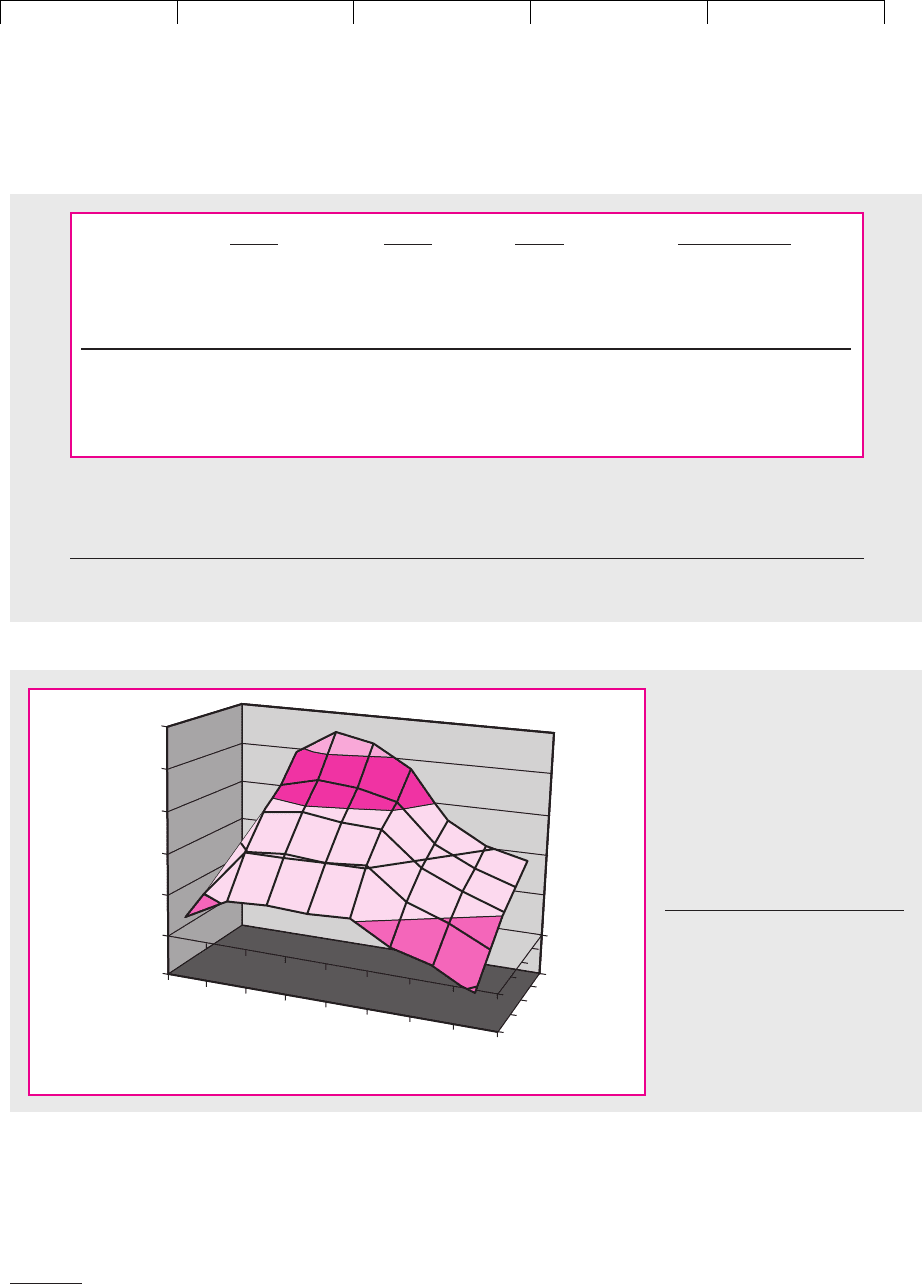
Brealey−Meyers:
Principles of Corporate
Finance, Seventh Edition
VI. Options 22. Real Options
© The McGraw−Hill
Companies, 2003
If the NPV of buying an A320 today is very high (the right-hand side of Fig-
ure 22.7), future NPV will probably be high as well, and the airline will want to
buy regardless of whether it has a purchase option. In this case the value of the
purchase option comes mostly from the value of guaranteed delivery in year 4.
18
CHAPTER 22 Real Options 633
Buy option Airline and
manufacturer
set price and
delivery date
Year 0
Exercise?
(Yes or no)
Year 3
Aircraft delivered
if option exercised
Year 4
Wait Wait Buy now?
If yes, negotiate
price and wait
for delivery.
Aircraft delivered if
purchased at year 3.
Year 5 or later
FIGURE 22.6
This aircraft purchase option, if exercised at year 3, guarantees delivery at year 4 at a fixed price. Without the
option, the airline can still order the plane at year 3, but the price is uncertain and the wait for delivery longer.
Source: Adapted from Figure 17-17 in J. Stonier, “What is an Aircraft Purchase Option Worth? Quantifying Asset Flexibility
Created through Manufacturer Lead-Time Reductions and Product Commonality,” in G. F. Butler and M. R. Keller (eds.),
Handbook of Airline Finance, Aviation Week Books, 1999.
2.0
1.5
1
0.5
0
-
7
-
2
0
2
4
7
10
20
–0.5
2.5
1.5
3
Wait for
delivery
(years)
Value of
purchase
option
($ millions)
NPV = Current PV – purchase price
FIGURE 22.7
Value of aircraft purchase
option—the extra value of the
option versus waiting and
possibly negotiating a purchase
later. (See Figure 22.6.) The
purchase option is worth most
when NPV of purchase now is
about zero and the forecasted
wait for delivery is long.
Source: Adapted from Fig. 17-20 in
J. Stonier, op. cit.
18
The Airbus real-options model assumes that future A320 prices will be increased when demand is high,
but only to an upper bound. Thus the airline that waits and decides later may still have a positive-NPV
investment opportunity if future demand and NPV are high. Figure 22.7 plots the difference between the
value of the purchase option and this wait-and-see opportunity. This difference can shrink when NPV is
high, especially if forecasted waiting times are short.

Brealey−Meyers:
Principles of Corporate
Finance, Seventh Edition
VI. Options 22. Real Options
© The McGraw−Hill
Companies, 2003
If the NPV is very low, then the option has low value because the airline is un-
likely to exercise it. (Low NPV today probably means low NPV in year 3.) The
purchase option is worth the most, compared to the wait-and-decide-later strat-
egy, when NPV is around zero. In this case the airline can exercise the option,
getting a good price and early delivery, if future NPV is higher than expected,
and walk away from the option if NPV disappoints. Of course, if it walks away,
it may still wish to negotiate with Airbus for delivery at a price lower than the
option’s exercise price.
We have cruised by many of the technical details of Airbus’s valuation model
for purchase options. But the example does illustrate how real-options models
are being built and used. By the way, Airbus offers more than just plain-vanilla
purchase options. Airlines can negotiate “rolling options,” which lock in price
but do not guarantee a place on the production line. (Exercise of the rolling op-
tion means that the airline joins the end of the queue.) Airbus also offers a pur-
chase option that includes the right to switch from delivery of an A320 to an
A319, a somewhat smaller plane.
634 PART VI
Options
22.5 A CONCEPTUAL PROBLEM?
In this chapter we have suggested that option pricing models can help to value the
real options embedded in capital investment decisions.
When we introduced option pricing models in Chapter 21, we suggested that
the trick is to construct a package of the underlying asset and a loan that would
give exactly the same payoffs as the option. If the two investments do not sell for
the same price, then there are arbitrage possibilities. But many assets are not freely
traded. This means that we can no longer rely on arbitrage arguments to justify the
use of option models.
The risk-neutral method still makes practical sense, however. It’s really just an
application of the certainty-equivalent method introduced in Chapter 9.
19
The key
assumption—implicit till now—is that the company’s shareholders have access to
assets with the same risk characteristics (e.g., the same beta) as the capital invest-
ments being evaluated by the firm.
Think of each real investment opportunity as having a “double,” a security
or portfolio with identical risk. Then the expected rate of return offered by the
double is also the cost of capital for the real investment and the discount rate
for a DCF valuation of the investment project. Now what would investors pay
for a real option based on the project? The same as for an identical traded option
written on the double. This traded option does not have to exist; it is enough to
know how it would be valued by investors, who could employ either the arbi-
trage or the risk-neutral method. The two methods give the same answer, of
course.
When we value a real option by the risk-neutral method, we are calculating the
option’s value if it could be traded. This exactly parallels standard capital budget-
19
Use of risk-neutral probabilities converts future cash flows to certainty equivalents, which are then
discounted to present value at a risk-free rate.
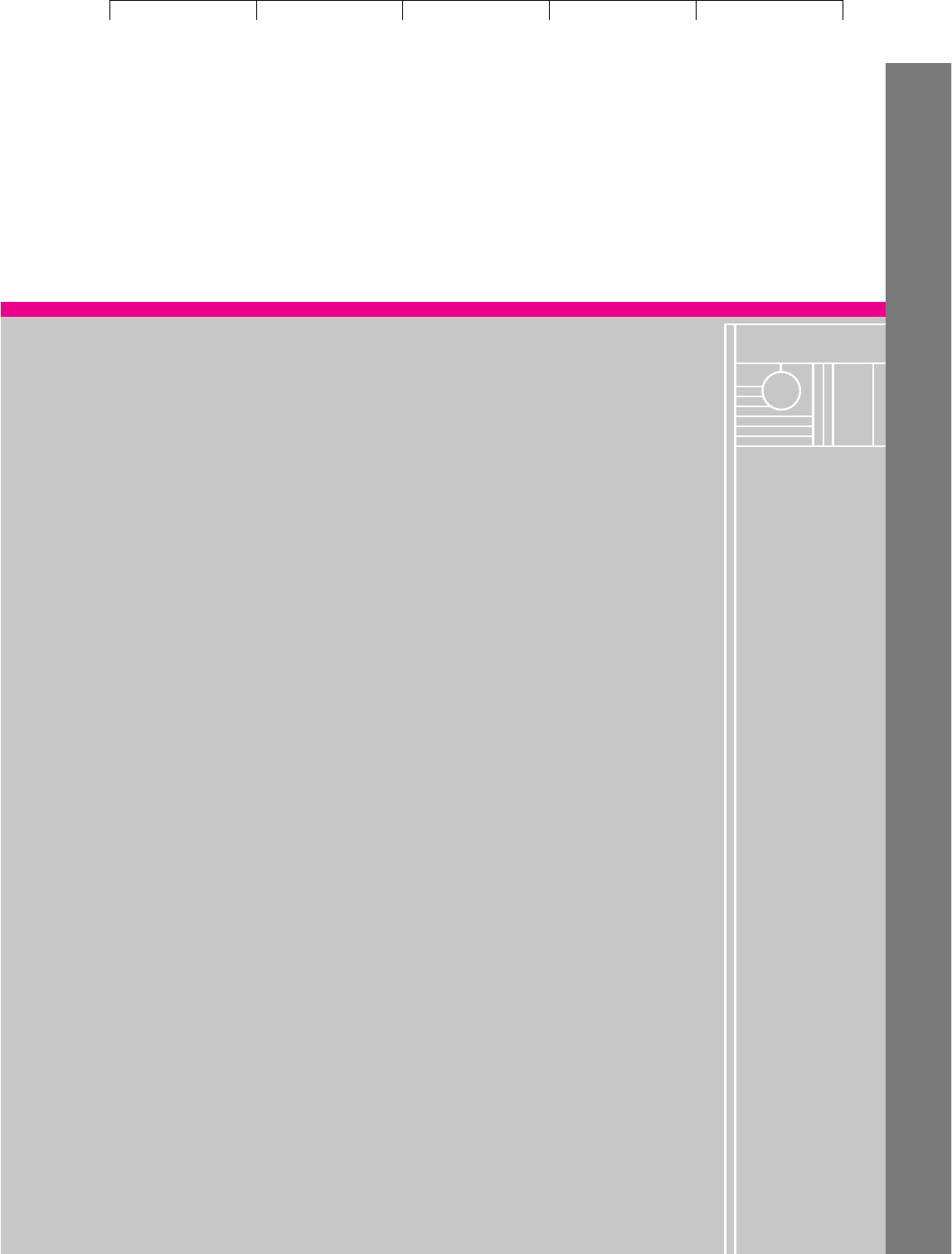
Brealey−Meyers:
Principles of Corporate
Finance, Seventh Edition
VI. Options 22. Real Options
© The McGraw−Hill
Companies, 2003
SUMMARY
In Chapter 21 you learned the basics of option valuation. In this chapter we de-
scribed four important real options:
1. The option to make follow-on investments. Companies often cite “strategic” value
when taking on negative-NPV projects. A close look at the projects’ payoffs re-
veals call options on follow-on projects in addition to the immediate projects’
cash flows. Today’s investments can generate tomorrow’s opportunities.
2. The option to wait (and learn) before investing. This is equivalent to owning a call
option on the investment project. The call is exercised when the firm commits
to the project. But often it’s better to defer a positive-NPV project in order to
keep the call alive. Deferral is most attractive when uncertainty is great and
immediate project cash flows—which are lost or postponed by waiting—are
small.
3. The option to abandon. The option to abandon a project provides partial insurance
against failure. This is a put option; the put’s exercise price is the value of the
project’s assets if sold or shifted to a more valuable use.
4. The option to vary the firm’s output or its production methods. Firms often build flex-
ibility into their production facilities so that they can use the cheapest raw ma-
terials or produce the most valuable set of outputs. In this case they effectively
acquire the option to exchange one asset for another.
We should offer here a healthy warning: The real options encountered in prac-
tice are often complex. Each real option brings its own issues and trade-offs. Nev-
ertheless the tools that you have learned in this and previous chapters can be
used in practice. The Black–Scholes formula often suffices to value expansion op-
tions. Problems of investment timing and optimal abandonment can be tackled
with binomial trees.
Binomial trees are cousins of decision trees. You work back through binomial
trees from future payoffs to present value. Whenever a future decision needs to
be made, you figure out the value-maximizing choice, using the principles of
option pricing theory, and record the resulting value at the appropriate node of
the tree.
Don’t jump to the conclusion that real-option-valuation methods can replace
discounted cash flow (DCF). First, DCF works fine for safe cash flows. It also works
fine for “cash cow” assets—that is, for assets or businesses whose value depends
primarily on forecasted cash flows, not on real options. Second, the starting point
in most real-option analyses is the present value of an underlying asset. To value
the underlying asset, you typically have to use DCF.
Real options are rarely traded assets. When we value a real option, we are esti-
mating its value if it could be traded. This is the standard approach in corporate fi-
nance, the same approach taken in DCF valuations. The key assumption is that
CHAPTER 22
Real Options 635
ing. If shareholders can buy traded securities or portfolios with the same risk char-
acteristics as the real investments being evaluated by the firm, they would vote
unanimous endorsement for any real investment whose market value if traded
would exceed the investment required. This key assumption supports the use of
both DCF and real-option-valuation methods.
Visit us at www.mhhe.com/bm7e

Brealey−Meyers:
Principles of Corporate
Finance, Seventh Edition
VI. Options 22. Real Options
© The McGraw−Hill
Companies, 2003
636 PART VI Options
shareholders can buy traded securities or portfolios with the same risk character-
istics as the real investments being evaluated by the firm. If so, they would vote
unanimously for any real investment whose market value if traded would exceed
the investment required. This key assumption supports the use of both DCF and
real-option-valuation methods.
FURTHER
READING
Further reading for Chapter 10 lists several introductory articles on real options. The Summer 2001
issue of the Journal of Applied Corporate Finance contains several additional articles, includ-
ing the following survey of how real options are used in practice:
A. Triantis and A. Borison: “Real Options: State of the Practice,” Journal of Applied Corporate
Finance, 14:8–24 (Summer 2001).
The standard texts on real options include:
T. Copeland and V. Antikarov: Real Options: A Practitioner’s Guide, Texere, New York, 2001.
A. K. Dixit and R. S. Pindyck: Investment under Uncertainty, Princeton University Press,
Princeton, NJ, 1994.
M. Amran and N. Kulatilaka: Real Options: Managing Strategic Investments in an Uncertain
World, Harvard Business School Press, Boston, 1999.
L. Trigeorgis: Real Options, MIT Press, Cambridge, MA, 1996.
The Autumn 1993 issue of Financial Management includes six articles on real options, including
a description of how to value an industrial facility that can be fueled with gas or oil:
N. Kulatilaka: “The Value of Flexibility: The Case of a Dual-Fuel Industrial Steam Boiler,”
Financial Management, 22:271–280 (Autumn 1993).
Mason and Merton review a range of option applications to corporate finance:
S. P. Mason and R. C. Merton: “The Role of Contingent Claims Analysis in Corporate Fi-
nance,” in E. I. Altman and M. G. Subrahmanyan (eds.), Recent Advances in Corporate Fi-
nance, Richard D. Irwin, Inc., Homewood, IL, 1985.
Brennan and Schwartz have worked out an interesting application to natural resource investments:
M. J. Brennan and E. S. Schwartz: “Evaluating Natural Resource Investments,” Journal of
Business, 58:135–157 (April 1985).
QUIZ
1. What are the four types of real options?
2. Look again at the valuation in Table 22.2 of the option to invest in the Mark II project.
Consider a change in each of the following inputs. Would the change increase or de-
crease the value of the expansion option?
a. Increased uncertainty (higher standard deviation).
b. More optimistic forecast (higher expected value) of the Mark II in 1985.
c. Increase in the required investment in 1985.
3. Describe the real options in each of the following cases.
a. United Airlines pays Boeing for the option to purchase ten 747 jets in 2005.
b. United Airlines buys Boeing 767 passenger jets with reinforced floors, larger doors,
and other features that would allow quick conversion to a cargo plane.
Visit us at www.mhhe.com/bm7e

Brealey−Meyers:
Principles of Corporate
Finance, Seventh Edition
VI. Options 22. Real Options
© The McGraw−Hill
Companies, 2003
CHAPTER 22 Real Options 637
c. Exxon Mobil pays $75 million for oil drilling rights in Central Costaguana. The
Costaguanan oil fields are too small and costly to develop now but development
could be profitable if oil prices rise.
d. Forest Investors purchases a remote stand of Northern hardwoods. Harvest is
positive-NPV now but the company nevertheless postpones logging.
e. Deutsche Motorwerke builds an automobile engine plant in China. The investment
is negative-NPV. The company justifies the project as a strategic investment.
f. A biotech startup declines an opportunity to buy a building designed for biotech
research. Instead it operates in a rented warehouse. It even rents its furniture and
laboratory equipment.
g. A plot of land suitable for construction of an office building is left vacant, even
though the present value of rents from a new office building would significantly
exceed construction cost.
4. Respond to the following comments.
a. “You don’t need option pricing theories to value flexibility. Just use a decision tree.
Discount the cash flows in the tree at the company cost of capital.”
b. “These option pricing methods are just plain nutty. They say that real options on
risky assets are worth more than options on safe assets.”
c. “Real-options methods eliminate the need for DCF valuation of investment projects.”
5. You own a parcel of vacant land. You can develop it now, or wait.
a. What is the advantage of waiting?
b. Why might you decide to develop the property immediately?
PRACTICE
QUESTIONS
1. Describe each of the following situations in the language of options:
a. Drilling rights to undeveloped heavy crude oil in Northern Alberta. Development
and production of the oil is a negative-NPV endeavor. (The break-even oil price is
C$32 per barrel, versus a spot price of C$20.) However, the decision to develop can
be put off for up to five years. Development costs are expected to increase by 5
percent per year.
b. A restaurant is producing net cash flows, after all out-of-pocket expenses, of
$700,000 per year. There is no upward or downward trend in the cash flows, but
they fluctuate, with an annual standard deviation of 15 percent. The real estate
occupied by the restaurant is owned, not leased, and could be sold for $5 million.
Ignore taxes.
c. A variation on part (b): Assume the restaurant faces known fixed costs of $300,000
per year, incurred as long as the restaurant is operating. Thus
The annual standard deviation of the forecast error of revenue less variable costs is
10.5 percent. The interest rate is 10 percent. Ignore taxes.
d. A paper mill can be shut down in periods of low demand and restarted if demand
improves sufficiently. The costs of closing and reopening the mill are fixed.
e. A real-estate developer uses a parcel of urban land as a parking lot, although
construction of either a hotel or an apartment building on the land would be a
positive-NPV investment.
f. Air France negotiates a purchase option for the first 10 Sonic Cruisers produced by
Boeing. Air France must confirm its order in 2005. Otherwise, Boeing will be free to
sell the aircraft to other airlines.
$700,000 ⫽ 1,000,000 ⫺ 300,000
Net cash flow ⫽ revenue less variable costs ⫺ fixed costs
Visit us at www.mhhe.com/bm7e
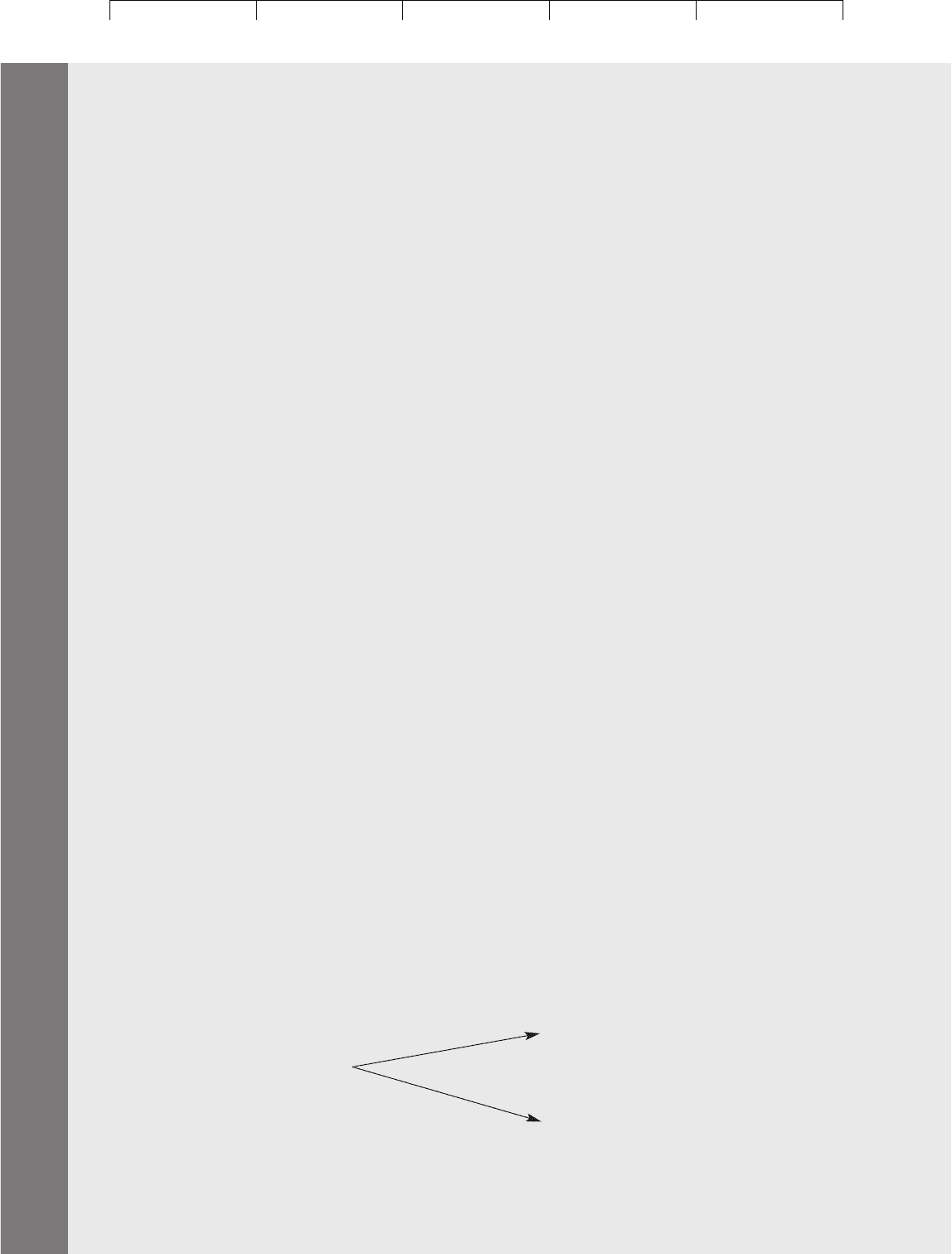
Brealey−Meyers:
Principles of Corporate
Finance, Seventh Edition
VI. Options 22. Real Options
© The McGraw−Hill
Companies, 2003
638 PART VI Options
Visit us at www.mhhe.com/bm7e
2. After a good night’s sleep, your boss, the CFO in Section 22.1, still doesn’t understand.
Try again. Explain why the Mark I microcomputer has a positive NPV even though
DCF analyses of both the Mark I and the Mark II seem to show negative NPVs.
3. Look again at Table 22.2. How does the value in 1982 of the option to invest in the Mark
II change if:
a. The investment required for the Mark II is $800 million (vs. $900 million)?
b. The present value of the Mark II in 1982 is $500 million (vs. $467 million)?
c. The standard deviation of the Mark II’s present value is only 20 percent
(vs. 35 percent)?
4. You own a one-year call option on 1 acre of Los Angeles real estate. The exercise price
is $2 million, and the current, appraised market value of the land is $1.7 million. The
land is currently used as a parking lot, generating just enough money to cover real es-
tate taxes. The annual standard deviation is 15 percent and the interest rate 12 percent.
How much is your call worth? Use the Black–Scholes formula.
5. A variation on question 4: Suppose the land is occupied by a warehouse generating
rents of $150,000 after real estate taxes and all other out-of-pocket costs. The value of
the land plus warehouse is again $1.7 million. Other facts are as in question 4. You have
a European call option. What is it worth?
6. In Section 22.4 we described the problem faced by a utility that was contemplating an
investment in equipment that would allow it to burn either oil or gas. How would the
value of the option to cofire be affected if (a) the prices of both oil and gas were very
variable, but (b) the prices of oil and gas were highly correlated?
7. Look again at the malted herring example in Section 22.3. Suppose that by postponing the
project for a year, you do not miss out on any cash flows. Instead all cash flows are simply
delayed by one year. What is the value of the option to invest in the malted herring plant?
8. Suppose investment in the malted herring project (see Section 22.3) can be postponed
to the end of year 2.
a. Build a two-year binomial tree with cash flows proportional to end-of-year values.
Under what circumstances would you want to delay construction for two years?
b. How does this additional choice affect project NPV?
c. Would NPV change if you could undertake the project only in years 0 or 2?
9. You have an option to purchase all of the assets of the Overland Railroad for $2.5 bil-
lion. The option expires in 9 months. You estimate Overland’s current (month 0) pres-
ent value (PV) as $2.7 billion. Overland generates after-tax free cash flow (FCF) of $50
million at the end of each quarter (i.e., at the end of each three-month period). If you ex-
ercise your option at the start of the quarter, that quarter’s cash flow is paid out to you.
If you do not exercise, the cash flow goes to Overland’s current owners.
In each quarter, Overland’s PV either increases by 10 percent or decreases by 9.09 per-
cent. This PV includes the quarterly FCF of $50 million. After the $50 million is paid out,
PV drops by $50 million. Thus the binomial tree for the first quarter is (figures in millions):
Month 0 (now) Month 3 (end of quarter)
PV before payout ⫺ FCF ⫽ end-of-quarter PV
$2,970 ⫺ 50 ⫽ $2920
(⫹10%)
PV ⫽ $2,700
$2,455 ⫺ 50 ⫽ $2405
(⫺9.09%)

Brealey−Meyers:
Principles of Corporate
Finance, Seventh Edition
VI. Options 22. Real Options
© The McGraw−Hill
Companies, 2003
CHAPTER 22 Real Options 639
Visit us at www.mhhe.com/bm7e
The risk-free interest rate is 2 percent per quarter.
a. Build a binomial tree for Overland, with one up or down change for each 3-month
period (three steps to cover your 9-month option).
b. Suppose you can only exercise your option now, or after 9 months (not at month 3
or 6). Would you exercise now?
c. Suppose you can exercise now, or at month 3, 6, or 9. What is your option worth
today? Should you exercise today, or wait?
10. In Section 10.3 we considered two production technologies for a new Wankel-engined
outboard motor. Technology A was the most efficient but had no salvage value if the
new outboards failed to sell. Technology B was less efficient but offered a salvage value
of $10 million.
Figure 10.7 shows the present value of the project as either $18.5 or 8.5 million in
year 1 if Technology A is used. Assume that the present value of these payoffs is $11.5
million at year 0.
a. With Technology B, the payoffs at year 1 are $18 or 8 million. What is the present
value in year 0 if Technology B is used? (Hint: The payoffs with Technology B vs. A
differ by a constant $.5 million.) The risk-free rate is 7 percent.
b. Technology B allows abandonment in year 1 for $10 million salvage value.
Calculate abandonment value.
11. Look again at practice question 10. We will assume that Technology A has a salvage
value of $7 million, rather than zero. The present value of the project with Technol-
ogy A is $11.5 million at year 0, assuming no abandonment. The risk-free rate is
7 percent.
a. Construct a one-year binomial tree for this project, with one up or down step every
three months (four steps total). The up steps are percent, the down steps are
percent.
b. Suppose abandonment can only occur at year 1. In what circumstances would you
abandon then? What is abandonment value at year 0?
12. How do the binomial trees used in this chapter differ from the decision trees discussed
in Chapter 10?
13. Josh Kidding, who has only read part of Chapter 10, decides to value a real option by
(1) setting out a decision tree, with cash flows and probabilities forecasted for each fu-
ture outcome; (2) deciding what to do at each decision point in the tree; and (3) dis-
counting the resulting expected cash flows at the company cost of capital. Will this pro-
cedure give the right answer? Why or why not?
14. Some argue that option pricing theory doesn’t apply to real options, because the op-
tions are not traded in financial markets. Do you agree? Explain.
⫺16.7
⫹25
1. Suppose you expect to need a new plant that will be ready to produce turbo-encabulators
in 36 months. If design A is chosen, construction must begin immediately. Design B is
more expensive, but you can wait 12 months before breaking ground. Figure 22.8 shows
the cumulative present value of construction costs for the two designs up to the 36-month
deadline. Assume that the designs, once built, will be equally efficient and have equal
production capacity.
A standard discounted-cash-flow analysis ranks design A ahead of design B. But
suppose the demand for turbo-encabulators falls and the new factory is not needed;
then, as Figure 22.8 shows, the firm is better off with design B, provided the project is
abandoned before month 24.
CHALLENGE
QUESTIONS
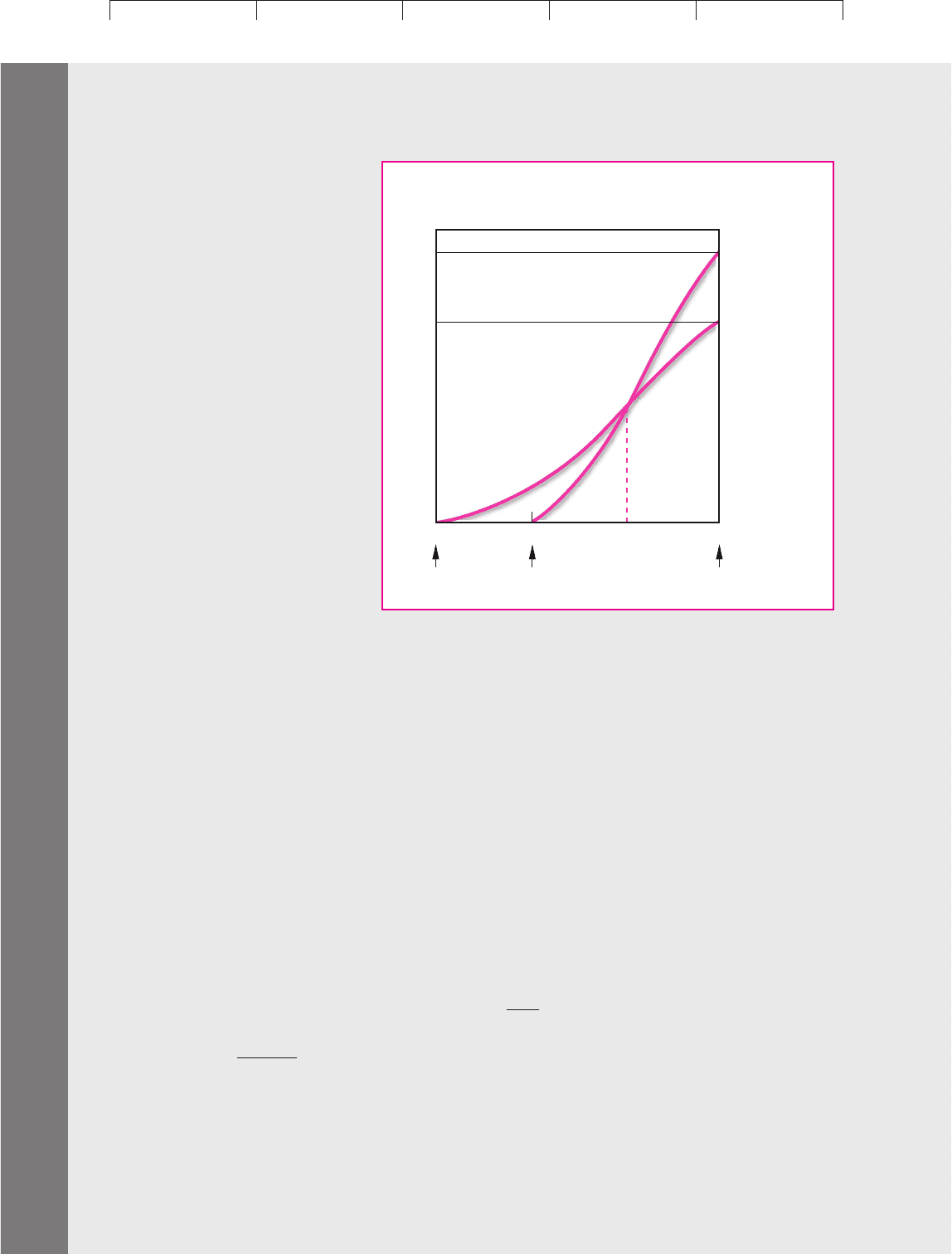
Brealey−Meyers:
Principles of Corporate
Finance, Seventh Edition
VI. Options 22. Real Options
© The McGraw−Hill
Companies, 2003
640 PART VI Options
Visit us at www.mhhe.com/bm7e
Describe this situation as the choice between two (complex) call options. Then de-
scribe the same situation in terms of (complex) abandonment options. The two de-
scriptions should imply identical payoffs, given optimal exercise strategies.
2. Consumers appear to require returns of 25 percent or more before they are prepared to
make energy-efficient investments, even though a more reasonable estimate of the cost
of capital might be around 15 percent. Here is a highly simplified problem which illus-
trates that such behavior could be rational.
20
Suppose you have the opportunity to invest $1,000 in new space-heating equip-
ment that would generate fuel savings of $250 a year forever given current fuel
prices. What is the PV of this investment if the cost of capital is 15 percent? What is
the NPV?
Now recognize that fuel prices are uncertain and that the savings could well
turn out to be $50 a year or $450 a year. If the risk-free interest rate is 10 percent,
would you invest in the new equipment now or wait and see how fuel prices change?
Explain.
3. In Chapter 4, we expressed the value of a share of stock as
P
0
⫽
EPS
1
r
⫹ PVGO
Cumulatiive
construction
cost
Total cost of design B
Start A
0
Start B
12
Both plants would
be ready at this time
24 36
Total cost of design A
Time, months
FIGURE 22.8
Cumulative construction cost of the two plant
designs. Plant A takes 36 months to build;
plant B, only 24. But plant B costs more.
20
See, for example, A. H. Sanstad, C. Blumstein, and S. E. Stoft, “How High Are Option Values in
Energy-Efficient Investments?” Energy Policy 9 (1995), pp. 739–743. However, the authors argue that the
option to delay investment is not sufficiently valuable to explain consumer behavior.

Brealey−Meyers:
Principles of Corporate
Finance, Seventh Edition
VI. Options 22. Real Options
© The McGraw−Hill
Companies, 2003
CHAPTER 22 Real Options 641
Visit us at www.mhhe.com/bm7e
where is earnings per share from existing assets, r is the expected rate of return re-
quired by investors, and PVGO is the present value of growth opportunities. PVGO re-
ally consists of a portfolio of expansion options.
a. What is the effect of an increase in PVGO on the standard deviation or beta of the
stock’s rate of return?
b. Suppose the CAPM is used to calculate the cost of capital for a growth (high-
PVGO) firm. Assume all-equity financing. Will this cost of capital be the correct
hurdle rate for investments to expand the firm’s plant and equipment, or to
introduce new products?
EPS
1
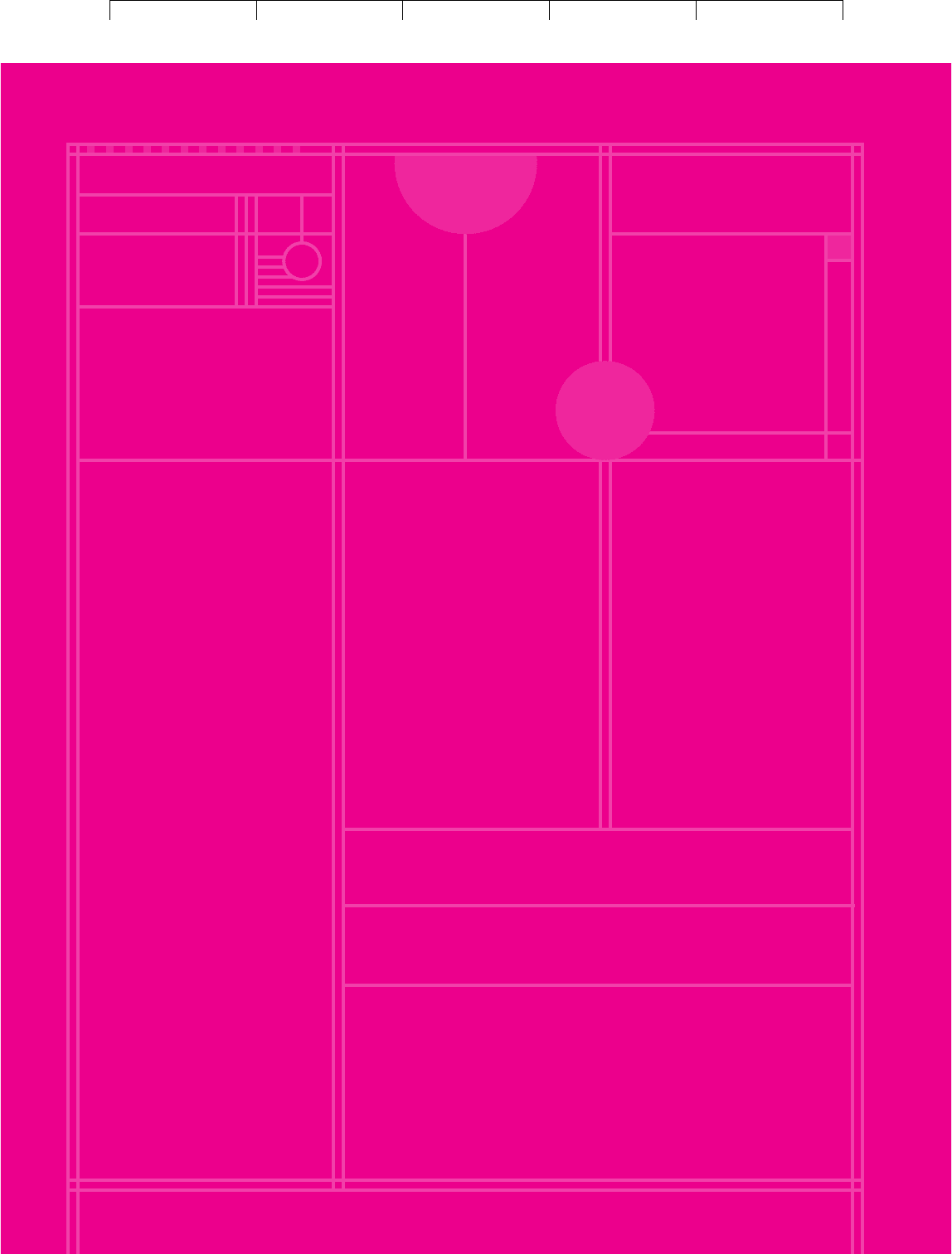
Brealey−Meyers:
Principles of Corporate
Finance, Seventh Edition
VI. Options 23. Warrants and
Convertibles
© The McGraw−Hill
Companies, 2003
CHAPTER TWENTY-THREE
642
WARRANTS AND
CONVERTIBLES
